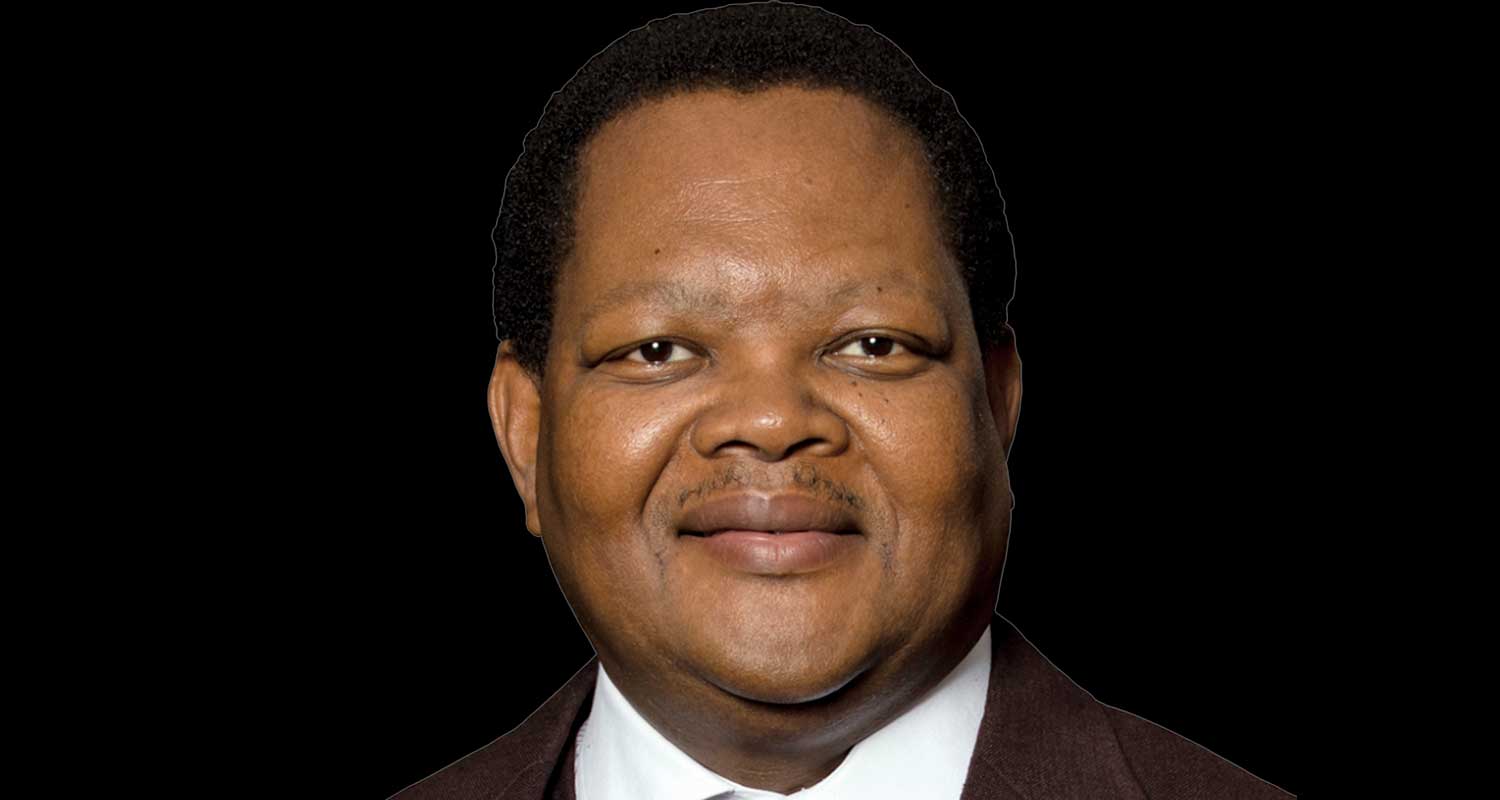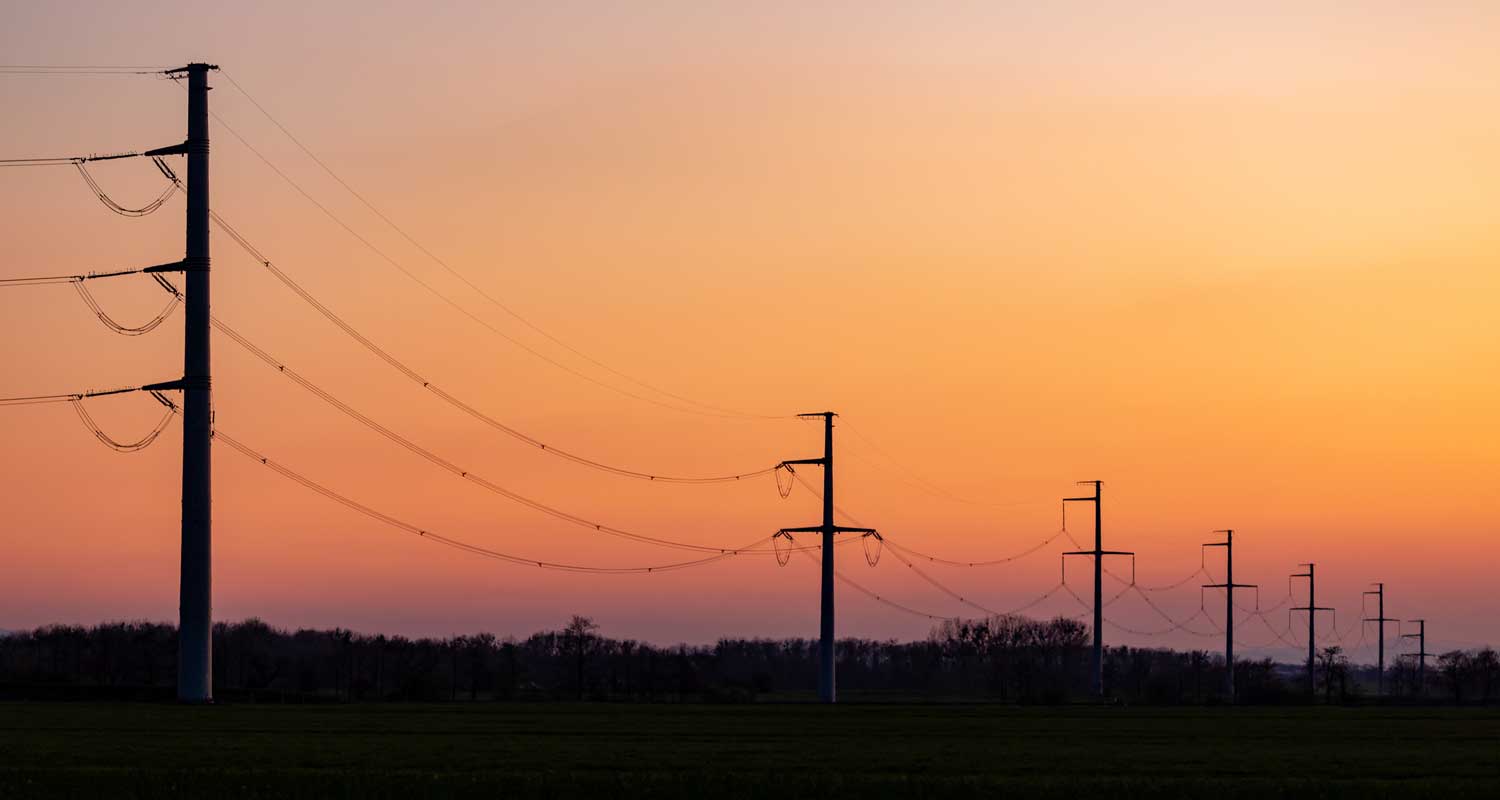
It’s going to be an exceptionally “hard” winter for South Africans, Eskom warned on Thursday at a state of the system briefing, where it said record stage-8 power cuts are possible.
This was the warning from Eskom chairman Mpho Makwana, who said it is his obligation under the company’s licensing permissions to inform customers when it became evident that the power company’s expected performance could affect businesses.
He apologised to South Africans for the impact of load shedding on the economy and on their livelihoods, but said it is necessary to maintain the stability of the grid and avoid a total blackout.
“Higher levels of load shedding do not mean that we are at a higher risk of a national blackout; we implement load shedding to ensure that we prevent a national blackout. There are plans, systems and processes to prevent the possibility of a national blackout,” he said.
“Poor maintenance and increased demand for heating had led to the system becoming constrained,” he added, but was at pains to reassure that the point of rotational load shedding is to avoid a blackout. There is very little chance of that occurring, he claimed.
This winter will be “hard”, with an increased risk of a supply shortfall against expected demand.
Interim CEO Calib Cassim clarified that Eskom is not planning to implement stage-16 load shedding, but that there is a requirement to plan for that eventuality.
The comparison with winter last year shows a net reduction in capacity of 3GW and if interventions are not effective, load shedding could increase to stage 8.
Outlook
Eskom committed to increasing the amount of available generation by reducing unplanned losses in the generation fleet, managing planned maintenance to the minimum level required over winter – between 1.3GW and 3GW – intensifying demand-side management and increasing diesel burn at the open-cycle gas turbines.
PetroSA is already supplying diesel at wholesale prices to Eskom, and R10-billion has been allocated specifically for diesel by national treasury for 2023.
Due to the delays in replacing the steam generators at Koeberg unit 1, operations will only resume around September. Kusile units 1, 2 and 3 will be operational by the end of December, once a the temporary stack has been built to replace the one that collapsed. However, environmental exemption is required to operate at full capacity. Kusile unit 5 will be synchronised to the grid for the first time by November and will provide 720MW to the grid. Medupi unit 4 will be operational in July 2024 with a second-hand stator, with a new stator to be operational by October 2025.
Read: Gordhan’s schoolboy antics do Eskom no favours
The generational recovery plan also places a heavy emphasis on operational excellence and skills development.
CE of transmission Segomoco Scheppers said a major focus is leadership skills at power stations and providing support to power station managers. Efforts are also under way to close critical vacancies in engineering, operating, maintenance, commissioning and procurement.
 Another Eskom initiative involves leveraging support from other state-owned enterprises – “engaging with Denel to leverage state capability on security and SAA on technical support for gas turbines”.
Another Eskom initiative involves leveraging support from other state-owned enterprises – “engaging with Denel to leverage state capability on security and SAA on technical support for gas turbines”.
Turning to the responsibility of South African customers, Eskom said they should use only the electricity they needed and protect the electrical infrastructure in their neighbourhoods from “izinyoka” and “pay and be legal”. Currently, various municipalities owe Eskom R57-billion for electricity. Customers were also encouraged to delay charging inverters as soon as electricity returned after load shedding as this led to an additional “peak” on the grid. – © 2023 NewsCentral Media




